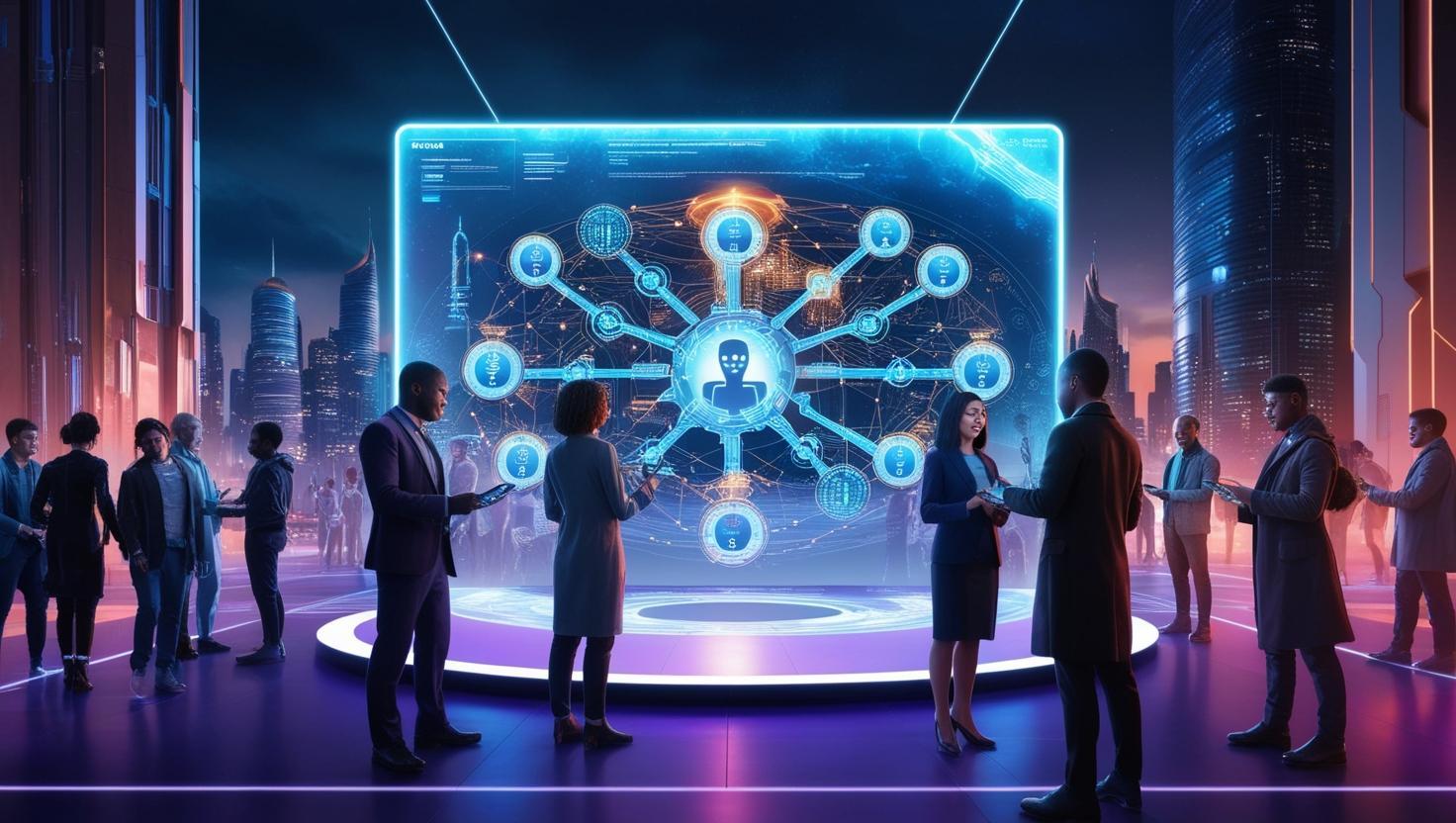Notifications

6 minutes, 21 seconds
-6 Views 0 Comments 0 Likes 0 Reviews

In the digital age, businesses are constantly seeking innovative ways to engage users, streamline operations, and provide round-the-clock support. One of the most impactful advancements in recent years has been the rise of AI-powered chatbots. These intelligent virtual assistants are revolutionizing digital interactions by combining machine learning, natural language processing (NLP), and automation to deliver seamless, personalized experiences.
Traditionally, customer service involved long hold times, limited working hours, and human error. As businesses grew and customer demands intensified, these methods became unsustainable. AI-powered chatbots emerged as a solution—offering instant responses, 24/7 availability, and consistent service quality.
Today, whether you're ordering food, checking your bank balance, or seeking tech support, there's a good chance a chatbot is involved. These bots are now embedded in websites, messaging apps, and even voice platforms like Alexa and Google Assistant.
Unlike rule-based bots that follow a fixed decision tree, AI-powered chatbots use machine learning algorithms and vast datasets to improve over time. Here's what sets them apart:
Natural Language Processing (NLP): They understand and interpret human language, allowing for more intuitive and conversational interactions.
Contextual Awareness: Advanced bots can remember previous interactions, ensuring continuity and a personalized experience.
Learning Capabilities: With continuous exposure to user queries, they get smarter, learning from past conversations to better predict and respond to future ones.
This intelligence allows chatbots to handle a wide range of tasks—from simple FAQs to complex troubleshooting—without the need for human intervention.
AI chatbots are not limited to a single sector. Their versatility has led to widespread adoption across industries:
E-Commerce: Chatbots guide users through product discovery, offer recommendations, and assist in checkout. Brands like H&M and Sephora use bots to enhance the shopping experience.
Banking & Finance: Virtual assistants help customers check balances, track expenses, and even process transactions securely.
Healthcare: Bots like Buoy and Ada offer symptom checking, appointment scheduling, and medication reminders, helping reduce the load on healthcare professionals.
Education: Chatbots assist with student queries, enrollment procedures, and even tutoring in subjects like math or language learning.
In each case, bots contribute to increased efficiency, cost reduction, and enhanced user satisfaction.
The primary driver behind the rise of chatbots is the demand for better user experiences. Modern consumers expect instant gratification. Waiting for an email reply or navigating a confusing website isn't acceptable anymore.
AI chatbots improve user experience in several ways:
Speed: They provide real-time assistance, dramatically reducing wait times.
Accessibility: Available 24/7, they support users across time zones and geographies.
Consistency: Unlike humans, bots don't have bad days. They provide consistent, polite, and informative responses every time.
Personalization: By analyzing user data and preferences, they can tailor responses and suggestions for individual users.
When implemented correctly, chatbots not only meet but exceed user expectations, leading to higher engagement, retention, and brand loyalty.
Despite their advantages, AI chatbots aren't without challenges:
Language Nuances: Understanding slang, sarcasm, or regional dialects can still be tricky for even the most advanced NLP models.
Security and Privacy: Handling sensitive user data requires robust encryption and compliance with regulations like GDPR.
Human Touch: While bots are efficient, they may lack the empathy and nuance of human interaction, especially in emotionally charged situations.
To overcome these issues, many businesses adopt a hybrid model, where chatbots handle routine queries and escalate complex issues to human agents.
The future looks promising for chatbot technology. As AI continues to advance, we can expect:
Emotionally Intelligent Bots: Capable of detecting user sentiment and responding empathetically.
Voice-Enabled Interactions: With the growth of smart speakers and voice search, voice-based bots will become more common.
Hyper-Personalization: Future bots will use data more effectively to deliver highly customized experiences.
Multilingual Support: Bots will be able to fluently operate in multiple languages, expanding their global reach.
We are only scratching the surface of what's possible. As AI models like GPT and others evolve, the line between human and bot interaction will blur even further.
AI-powered chatbots have transformed the way users interact with digital platforms. By offering fast, smart, and scalable communication, they not only meet modern user expectations but also set new standards for engagement. While challenges remain, ongoing advancements in AI promise an exciting future for chatbot technology. For businesses aiming to stay ahead of the curve, embracing this innovation is no longer optional—it's essential.

